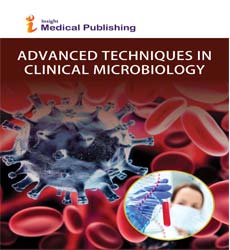Ways to Improve Training in Minimally Invasive Surgery
Abstract
Minimally invasive surgery poses a significant role in routine surgical operations recently. More and more patients prefer a less invasive method to get treated. However, the learning curve required to obtain minimal invasive surgery expertise has been a barrier in its spreading .The traditional method of obtaining technical skills in surgical specialties is based in the principle of ‘see one, do one, teach one’ when the resident surgeon, after observing a procedure for the first time, is then expected to be capable to perform that procedure without complications and is also expected to be able to train another resident surgeon on how to perform effectively the same procedure. However, this method may not be applicable to minimally invasive surgery due to difficulties like a lack of depth perception, a poor hand-eye coordination, an alteration of haptic feedback, a reduction of the movement to four degree of freedom, etc. The need of a multidimensional training is essential. Simulators and trainer boxes in laparoscopic surgery are nowadays recognized as valid instruments for learning and training surgeons in different procedures. Animal and cadaveric models are of a great importance too. Our experience in Greece is also covered in this presentation, displaying the improvement trainees achieved between their first and last performance in the simulator center regarding economy of movements, suturing accuracy, tissue handling and time to perform a laparoscopic knot
Open Access Journals
- Aquaculture & Veterinary Science
- Chemistry & Chemical Sciences
- Clinical Sciences
- Engineering
- General Science
- Genetics & Molecular Biology
- Health Care & Nursing
- Immunology & Microbiology
- Materials Science
- Mathematics & Physics
- Medical Sciences
- Neurology & Psychiatry
- Oncology & Cancer Science
- Pharmaceutical Sciences
